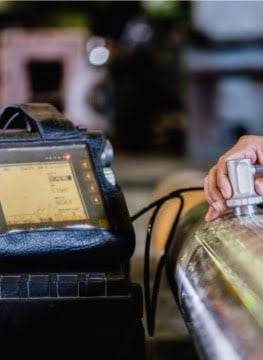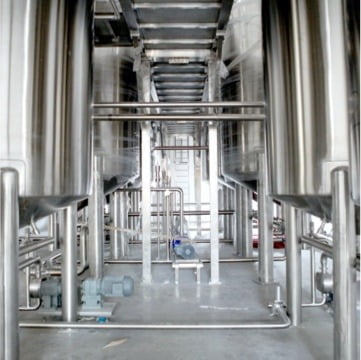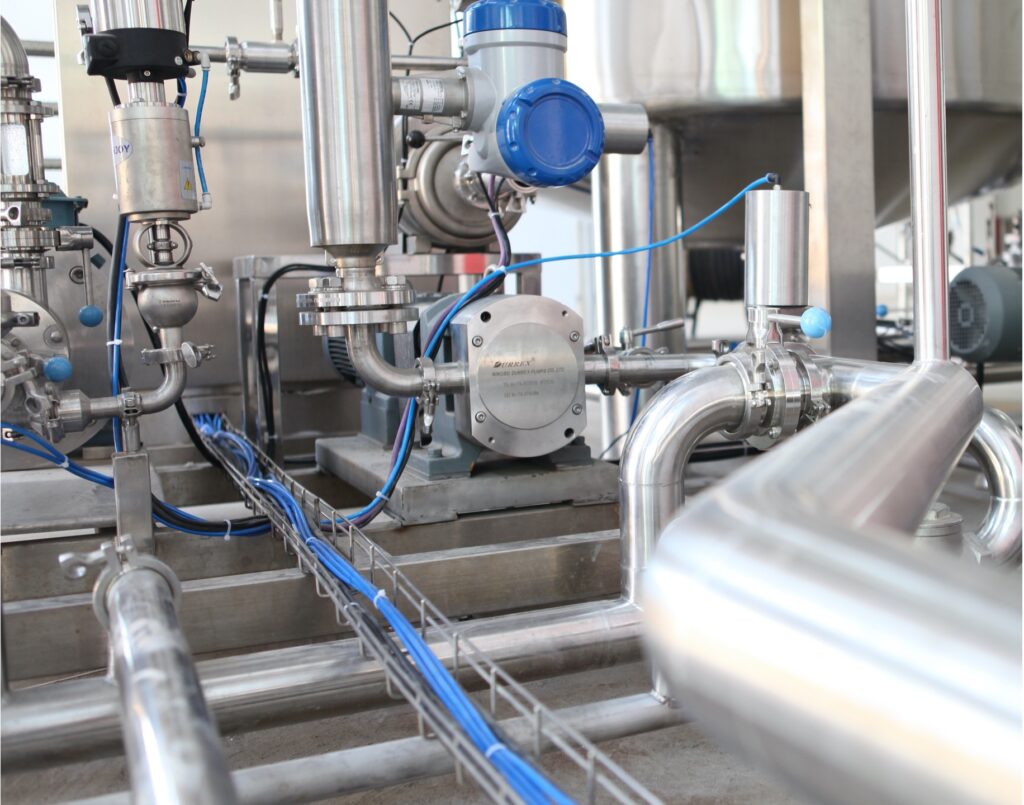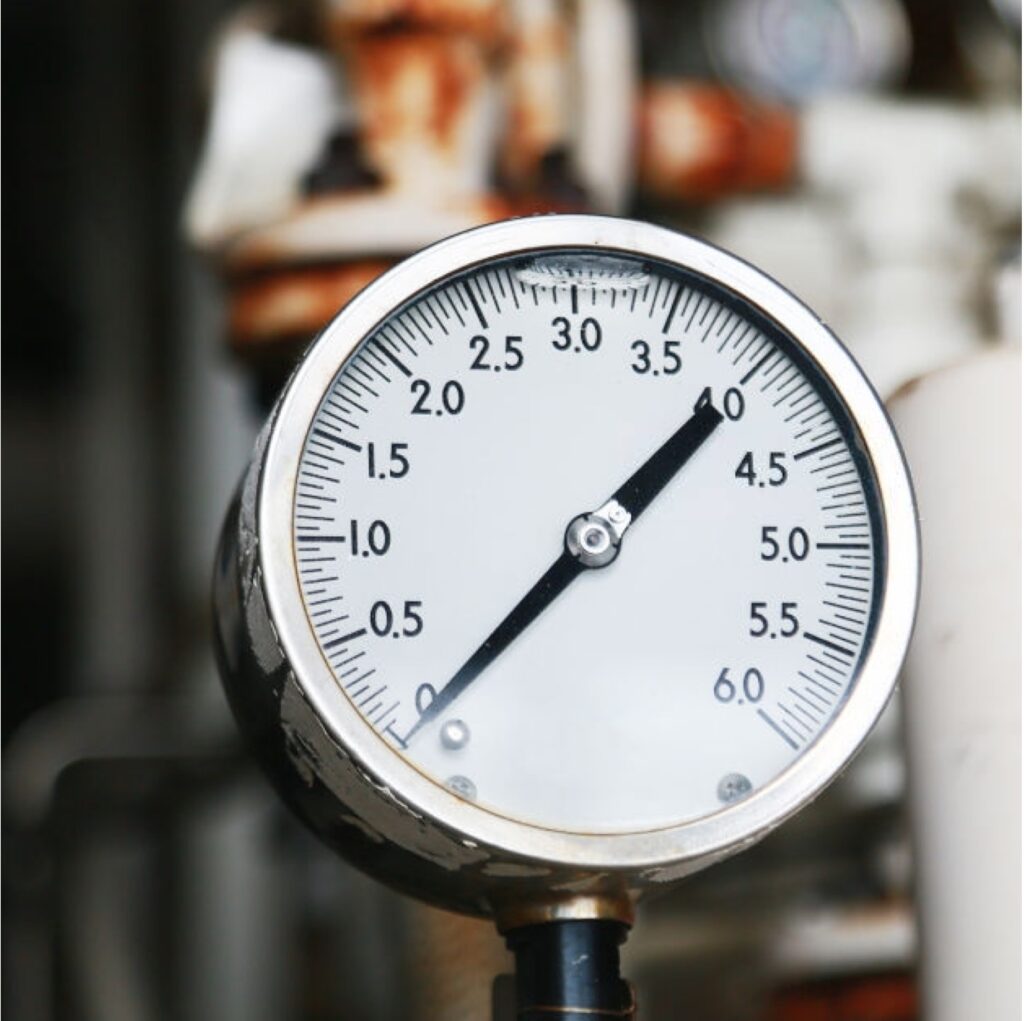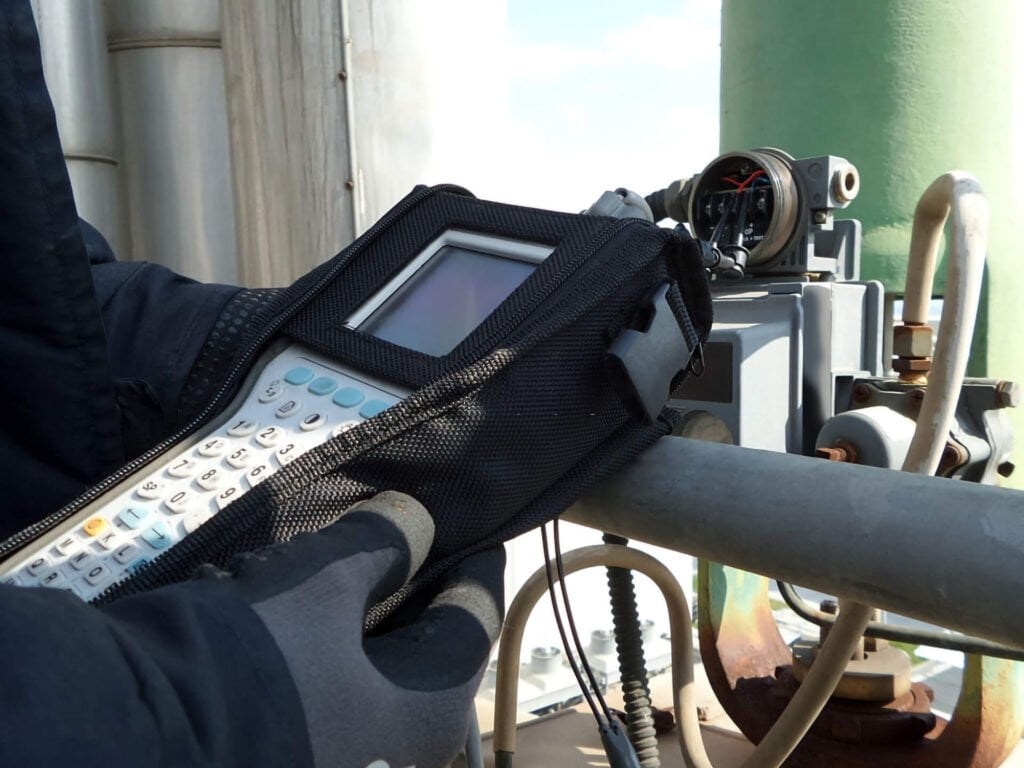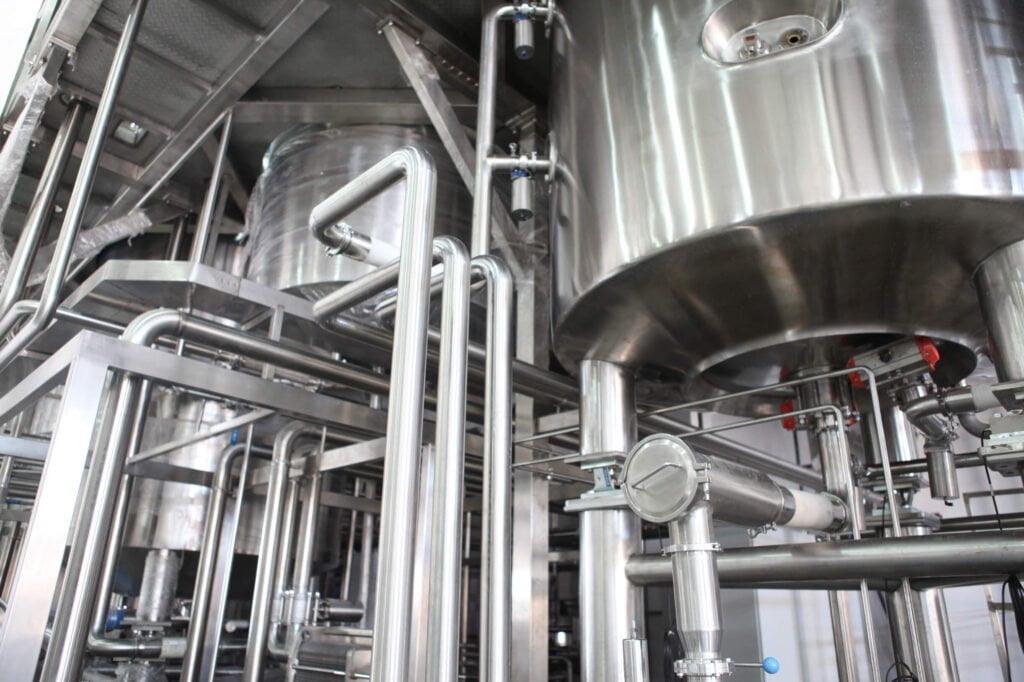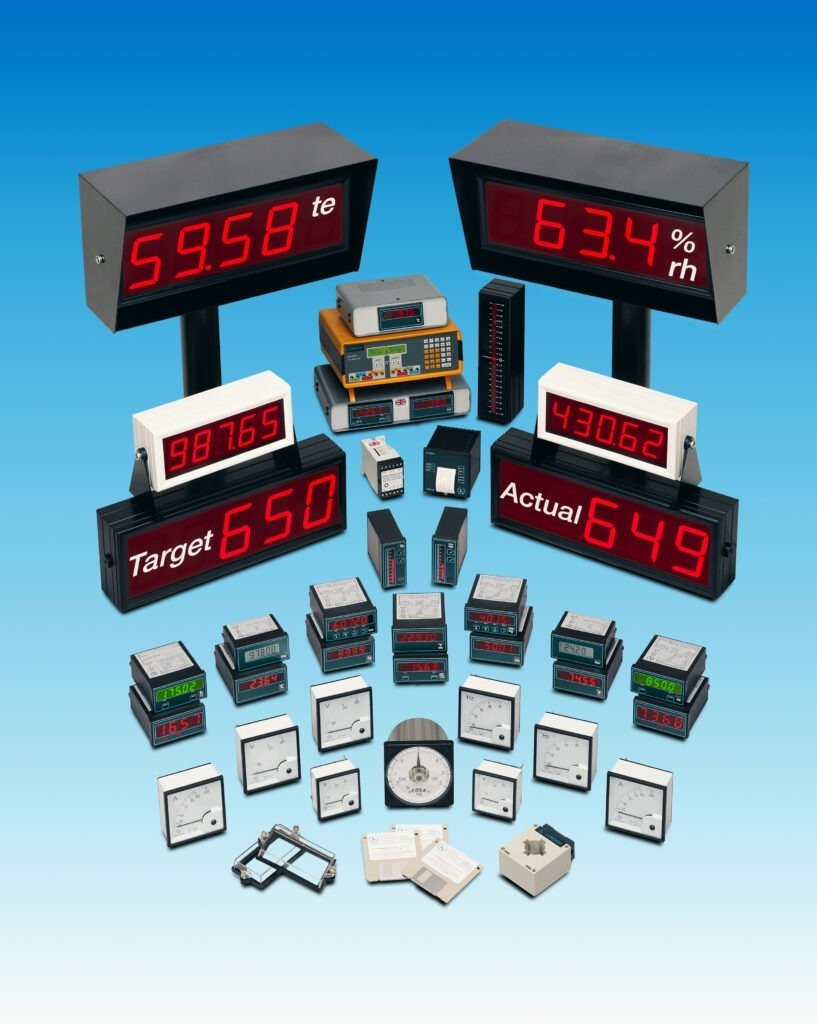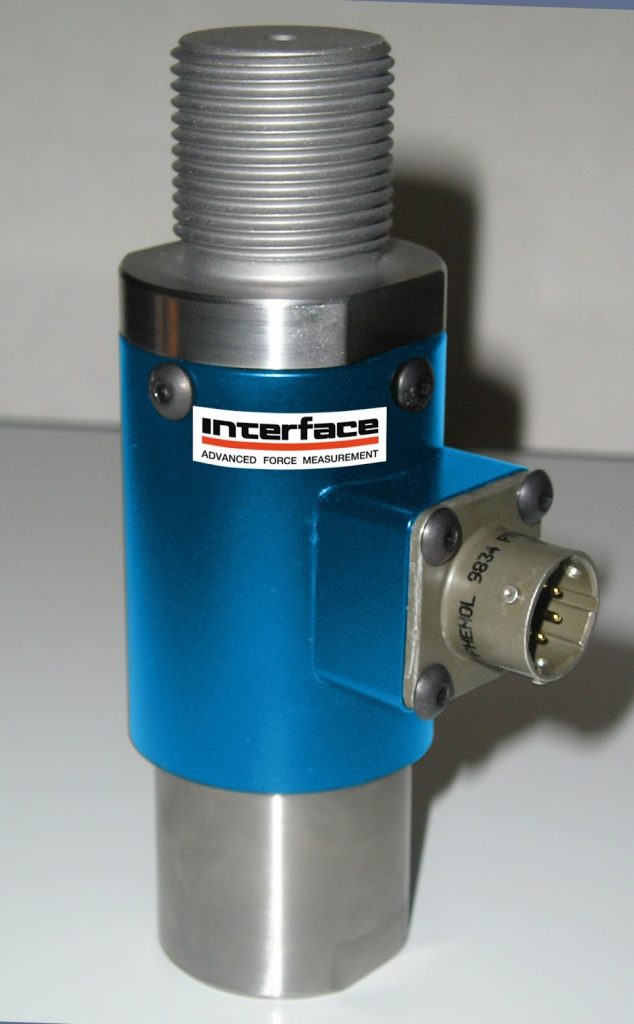A strain gauge is a sensor that varies its resistance as it’s stretched or compressed. When stress or compression is applied, the strain gauge converts force, pressure, tension, and weight into a change that can then be measured in the electrical resistance.
At the heart and soul of every load cell is a strain gauge. This is the pinnacle technology that allows engineers to collect and analyze force data. In the industry, it is known as force measurement.
Strain gauges are made through a photo-etch process using a flexible backing and a very thin foil. The way a strain gauge works is when the backing and foil stretches or compresses, resistance goes up and down respectively. We know this as force. Think of stretching like a three-lane highway switching to two lanes, and vice versa for compression with two lanes going into three. As the load cell’s internal strain gauge experiences force, it sends a signal with a precise measurement of the amount of force it’s experiencing.
There are many different types of strain gauges for a variety of environments and force measurement needs. The major difference in strain gauges is the base material used in the manufacturing process. Different materials are used when a load cell needs to perform optimally in a variety of temperatures, humidity levels, and elevations. Matching the correct strain gauge and a load cell to the customer’s needs is critical to accuracy.
“Here at Interface, we pride ourselves on developing the most accurate force measurement tools, and it starts with our proprietary manufacturing of the strain gauge.” Scott Dunne, Production Engineering Manager
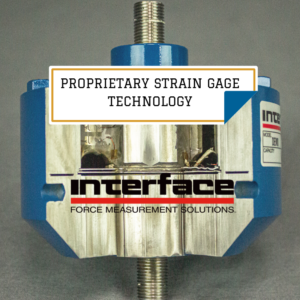 More than 52 years ago, when their founder Richard F. Caris started Interface, he purchased over a mile of foil, which is the base material used in strain gauges. Caris understood the only way to ensure Interface customers received quality results from their force measurement products was to control every aspect of engineering design, product development, and production.
More than 52 years ago, when their founder Richard F. Caris started Interface, he purchased over a mile of foil, which is the base material used in strain gauges. Caris understood the only way to ensure Interface customers received quality results from their force measurement products was to control every aspect of engineering design, product development, and production.
The key ingredient to their precision accuracy and reliability is the fact that they have vertically integrated the entire manufacturing process from design to production and have a deep understanding of the materials necessary to suit every client’s need for optimal results
Many load cell makers purchase their strain gauges from a third party. This means there’s more variability in their manufacturing process and you often find the variances in their materials clash and diminish the accuracy, or they are not correctly suited for the customer’s project requirements. Interface makes all their own strain gauges.
Interface has learned everything there is to know about strain gauge manufacturing and can guarantee the quality of their load cells in any environment based on this tenured expertise and having manufactured and calibrated hundreds of thousands (ok, millions) of force measurement devices. And here’s a fun fact, although we’ve manufactured hundreds of thousands of load cells and strain gauges, we haven’t even used half of the original mile of foil we purchased in 1968. Good product managed well can go a long way!
For more information on Interface’s commitment to accuracy and reliability, we have written The Load Cell Field Guide, the definitive resource on load cells.
Article by: Scott Dunne, Production Engineering Manager, Interface
Adapted by: Dirk Kuiper
